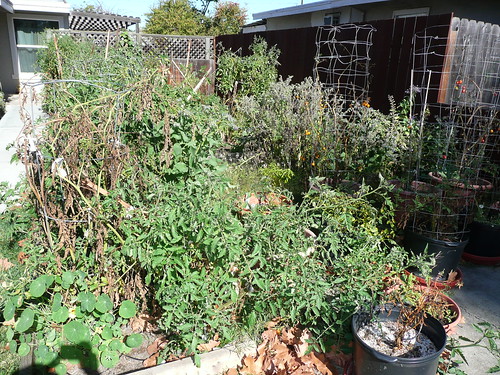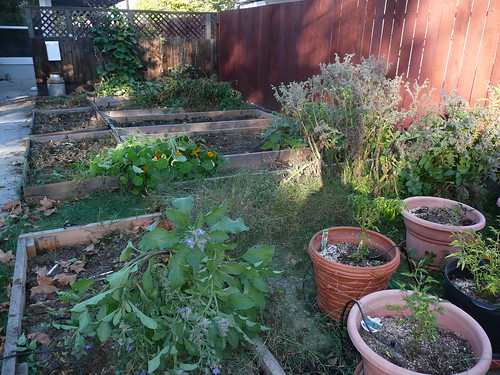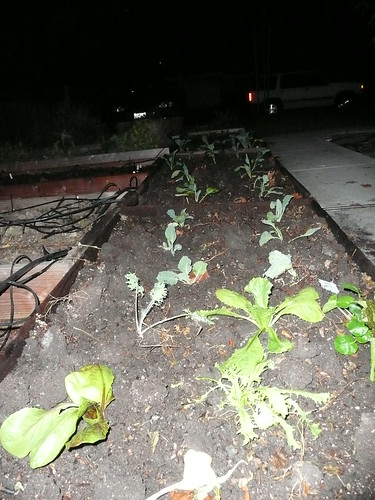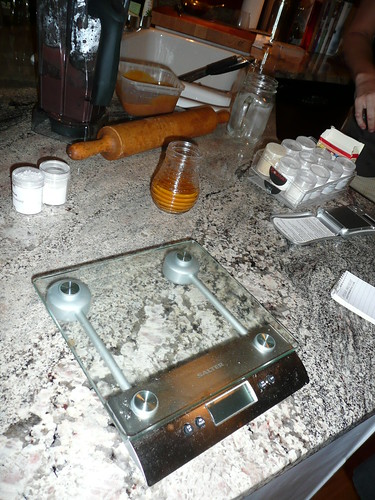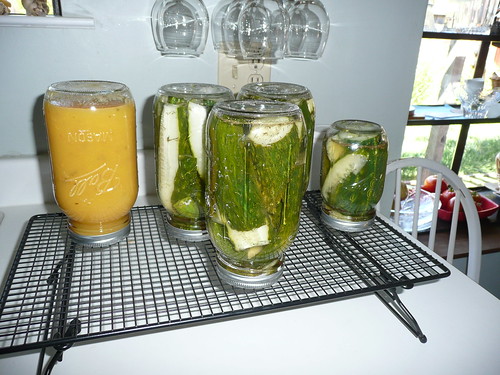Wow! That was fast.
I”ve been running my own law firm for over a year. It’s been a blast and I’ve been very fortunate — quite a bit of exciting and interesting work came to my door last year.
Some of the highlights include:
- Managing a dispute from initial demand letter to arbitration award — on my first day running my own firm, one of my clients received a cease and desist letter which we believed was invalid. We pitched the case to litigators, hired them, and I was able to act as in-house counsel for the 7 month JAMS arbitration: editing and adding factual clarity to filings, attending all depositions and hearings, and eventually delivering the news after judgment. In general, this is not my day-to-day practice, but it was very educational and modified my perspective on how contracts should be drafted and disputes relating to contracts should be approached.
- Acting as on-site in-house technology counsel one day a week — sitting in the legal department of one of my larger clients gave me a very different understanding of the role that attorneys play within an organization. I supported the third party inputs to software (reviewing both open source and third party proprietary licenses) and the enterprise licensing division and often witnessed first-hand the delicate balance that must be maintained between legal risk and business risk within a corporation.
- Negotiating against the big guys — it’s part of the typical start-up experience. Sure, you often negotiate and partner with other start-ups, but at some point, you will need something from one of the big established players. It may just be Internet connectivity. Or, large companies may be your sales targets. Regardless, negotiating against a large company who insists that *we never change our forms*, *everyone signs this without edits* and *this is completely standard* requires the expertise of someone who has seen many *standard* offerings in the applicable industry. Over the years, I’ve dealt with Fortune 100 and Fortune 1000 companies in almost every industry, and this year was no exception. Examples from this year include: Advertising Agencies, Amazon, Barclays, Blue Cross Blue Shield (of America and of various States), Bank of America, Chubb, Credit Suisse, CUNA Mutual Insurance, Discover, DOE Pacific, Earnst and Young, Experian, Facebook, Fidelity, Google, Honeywell, Horace Mann, Humana, JP Morgan Chase, KPMG, Lloyds, Lockheed Martin, Mass Mutual, Microsoft, Morgan Stanley, NBC Universal, Nationwide, PWC, Safeway, Samsung, State Farm, T-Mobile, Toys R US, Viacom, Walmart, and Warner Brothers.
- Setting up the legal side of the business (forms) — a large portion of my job is limiting the amount of work I do. I try to get my start-up companies into a position where their internal IP creation departments, online systems, sales forces, and business development teams can function with minimal legal input. This involves an up-front investment of time to create forms that are correct for their business models. I talk to my clients and truly understand their businesses before drafting, which avoids the extra legal fees companies often incur when their attorney starts with a square hole for a round peg. Examples include: Enterprise license agreements, Software-as-a-Service Agreements, trademark license agreements (branding/endorsement/certification programs), software development agreements, click-throughs (standard terms, privacy policies, API license agreements, payment obligations, revenue share, and more), commission agreements, reseller agreements, professional services agreements, master purchase agreements, NDAs, partner program agreements and technology assignment agreements.
- Open Source — I went to law school because I was fascinated by the legal rights issues in Open Source Software. I even wrote an award winning student note on the topic. This year, I continued my commitment to Open Source legal issues with projects in several areas: (i) aided a client in cleanly open sourcing a proprietary language they had developed (open source license evaluation and selection, branding issues, IP contribution agreements); (ii) performed open source audits of client codebases with the engineering teams and cleaned up any issues found; (iii) acted as special open source counsel in an Asset Purchase and Leveraged Buy-Out to help the acquirors become comfortable with the state of my clients’ open source uses; (iv) represented (and continue to represent) two clients whose business models are built around open source software projects that they manage (with monetization through professional services, support, maintenance, priority bug fixes, and bespoke development); (v) aided clients in the development of open source policies and approval processes to maintain the codebase in the proper state.
- Everyday advice, counseling and communications — this catch all category is where the most surprises come. Sometimes it’s just a phone call asking for a sanity check — Can we do this? But sometimes there are more exciting issues such as requests from law enforcement, lawsuits that have been filed against clients, high level discussions about IP strategy (should we talk to patent counsel? Should we file a TM?), letters hinting that lawsuits may be filed, formal letter writing in response to unfortunate situations, termination of contracts, privacy concerns, and much more.
Overall, last year was a great year full of good work, great learning opportunities and wonderful clients. I can’t wait to see what this year brings.






